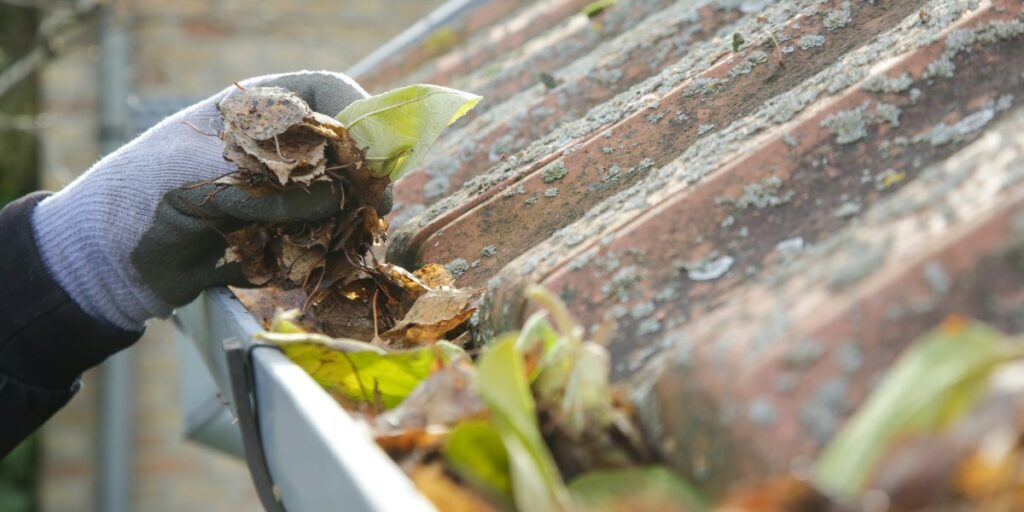Essential Steps for a Cozy and Safe Winter
Winter, with its serene snowfall and crisp air, also ushers in challenges for homeowners. Preparing your home for this season is crucial to mitigate risks associated with harsh weather conditions. This comprehensive guide will explore nine vital steps to ensure your home is well-equipped to withstand winter’s rigor, potentially saving you from costly repairs.
Winterization, a process that involves a series of steps to make your home more resistant to harsh winter conditions, is essential for several compelling reasons.
The primary benefit of winterizing your home is the significant improvement in energy efficiency.
Cold weather can strain your heating system. Much of that precious warm air escapes without proper insulation and sealing, leading to higher energy bills. By winterizing, you ensure that heat stays inside, reducing the workload on your heating system and decreasing energy consumption. This saves money and contributes to a more environmentally friendly household.
Safety is another critical aspect of winterization. Winter conditions can create a variety of hazards around the home.
From the risk of burst pipes due to freezing temperatures to the potential dangers posed by ice dams on the roof, failure to prepare can lead to significant damage and, importantly, can compromise the safety of the home’s occupants. By winterizing your home, you mitigate these risks, ensuring your living space remains a safe haven during the colder months.
Lastly, the comfort of your home during winter is greatly enhanced by thorough winterization. A well-prepared home maintains a consistent and cozy temperature, free from the drafts and cold spots that can make winter living uncomfortable. This comfort level extends beyond physical warmth, offering a sense of security and peace of mind, knowing that your home is fortified against the winter elements.
1. Maintain Your Heating and Air Conditioning System
Heating and air systems, with a typical lifespan of 12 to 15 years, demand regular maintenance. Before the onset of cold weather, change your filters and consider a professional HVAC inspection. An annual maintenance agreement with a reputable contractor can ensure your system functions efficiently when needed. Addressing HVAC issues shown in their error codes during fall is preferable to facing a malfunction in the dead of winter.
2. Gutter Maintenance: A Seasonal Necessity



Cleaning your gutters is essential, particularly before winter. Snow accumulation can add significant weight, risking damage or detachment. Neglecting gutter maintenance can lead to costly water damage as melting snow refreezes. Ensure proper water drainage away from your home by keeping gutters clear.
3. Roof Inspection and Repair
Inspecting your roof is a critical step in winter preparation. Hire a contractor if needed to check for loose or damaged shingles. Timely minor repairs can prevent extensive and expensive damage in the future. Winter storms pose significant risks to your roof, making pre-winter repairs essential.
4. Preventing Frozen Door Locks
In extremely cold climates, preventing door locks from freezing is vital. Applying powdered graphite lubricant in the locks can ensure smooth functioning. This quick maintenance should be done seasonally.
5. Insulating Water Pipes
Uninsulated pipes, especially in colder areas like lofts or basements, are at risk of bursting during winter. Use lagging from a DIY shop to insulate these pipes, focusing on unheated areas to prevent costly damages.
6. Ensuring Effective Gutter Drainage
Gutters are designed to channel rainwater off the roof efficiently. Blockages, often caused by leaves or debris, can lead to dampness and mold in your home. Clearing your gutters can be a cost-effective DIY project, preventing potential water damage.
7. Testing Smoke and Carbon Monoxide Detectors
Winter sees a rise in house fires and carbon monoxide hazards due to increased use of heating systems and reduced ventilation. Regularly test your smoke and carbon monoxide detectors, ensuring they are functional and have fresh batteries. An HVAC inspection also helps verify the proper venting of furnaces and water heaters.
8. Preparing for Snow Removal
Prepare for snow removal by checking the readiness of your snowblower and the availability of salt and shovels. Addressing these needs in advance avoids last-minute hassles during heavy snowfall.
9. Review Your Insurance Coverage
Before winter, review your home insurance coverage, especially if recent renovations have increased your home’s value. Understanding how your policy covers potential winter damages, like ice dams or tree damage. This review can help identify any coverage gaps.
Preparing your home for winter is a proactive step toward minimizing potential storm damage. Following these essential tips can enhance your home’s readiness for the colder months, allowing you to enjoy the season with greater peace of mind.
Now is the time to act! Start your winter preparations today to enjoy a comfortable and worry-free winter season. Don’t hesitate to seek professional help for tasks that require specialized skills, such as HVAC maintenance or roof repairs. Remember, the sooner you winterize your home, the sooner you can relax and enjoy the cozy, safe, and efficient environment you’ve created for yourself and your loved ones.
Let’s embrace the winter season with a well-prepared home!

